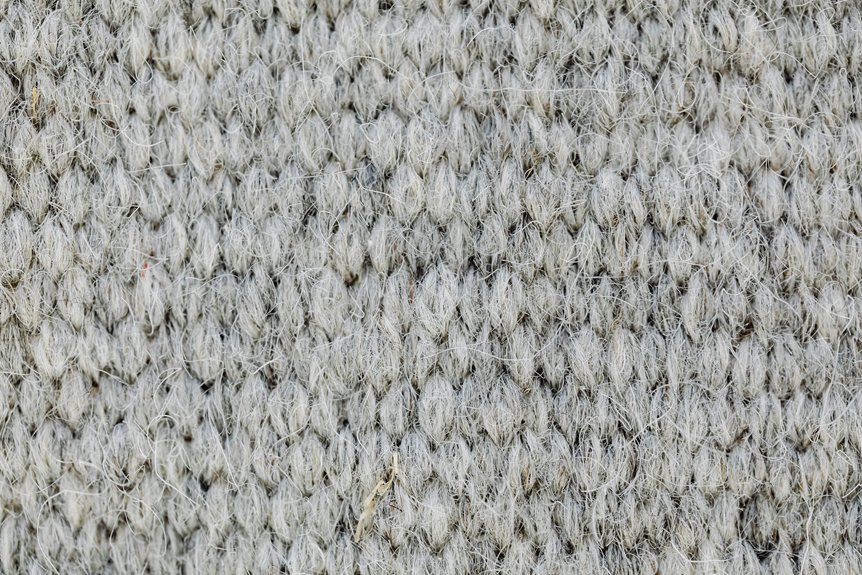75mm insulation is a widely used thickness in both residential and commercial properties across the UK, aimed at enhancing energy efficiency by minimising heat transfer. Common materials include foam boards, fibreglass batts, and mineral wool, each offering distinct advantages such as fire resistance and soundproofing capabilities. This thickness is particularly effective for insulating walls, floors, and ceilings, striking a good balance between insulation performance and space considerations.
To learn more about suitable materials and installation techniques, consider exploring the various options available for effective insulation solutions.
Types and Material Options
There are several types of 75mm insulation materials available, each with unique properties tailored to different building requirements.
Expanded Polystyrene (EPS) is lightweight and cost-effective, making it a popular choice for insulation boards.
Polyisocyanurate (PIR) offers superior thermal resistance and is often employed in walls, floors, and roofs, helping to enhance energy efficiency.
Phenolic foam is known for its excellent fire resistance and low thermal conductivity, making it ideal for space-saving applications.
Mineral wool, crafted from volcanic rock, is both fire-resistant and sound-absorbent, making it suitable for use in walls and ceilings.
Fibreglass, available in batt or loose-fill forms, is widely used due to its ease of installation and effectiveness in thermal insulation.
Material versatility facilitates customization to meet specific insulation needs, allowing builders to select the most appropriate solution for each project.
These materials cater to various needs, whether the aim is to improve energy performance or enhance soundproofing, enabling homeowners and builders to create comfortable, well-insulated spaces with confidence.
Performance and Thermal Efficiency
Different insulation materials offer varying levels of thermal performance, which directly impacts a building’s energy efficiency. Insulation boards play a crucial role in reducing heat loss, helping to create warmer and more comfortable spaces. Materials such as PIR foam or phenolic foam are known for their low thermal conductivities, providing excellent thermal resistance. These boards typically achieve a commendable R-value, striking a balance between cost and performance. Some insulation options possess moisture-resistant properties, while others, like Rockwool, are recognised for their outstanding fire resistance despite having slightly higher thermal conductivity. Over time, these materials are designed to maintain their thermal performance, contributing to long-term energy savings. Polyisocyanurate insulation, like Kingspan’s Thermawall TW55, is particularly effective for achieving high thermal efficiency due to its low thermal conductivity and reflective foil facing, which enhance overall insulation performance. Ultimately, selecting the right insulation material hinges on the balance between desired efficiency, budget considerations, and specific property requirements. This ensures a cosy and cost-effective home, tailored to meet the needs of homeowners across the UK.
Application Areas and Installation Tips
Application areas for 75mm insulation are extensive, covering both residential and commercial properties.
In domestic settings, it’s utilised in walls, floors, and lofts to provide moderate thermal performance, accommodating standard cavity sizes and layered for enhanced efficiency. It’s also frequently applied in party walls for sound insulation and in basements or crawl spaces to minimise heat loss. Internally, it can be installed behind drywall to reduce thermal bridging.
In commercial environments, 75mm insulation is effective in office partitions, ceilings, and service areas, improving energy efficiency and soundproofing. It’s also appropriate for use around HVAC ducts and in warehouses to aid in temperature regulation.
To ensure optimal performance, consider the following installation tips:
- Ensure a snug fit in cavities, avoiding any compression or gaps.
- Seal all edges, openings, and penetrations to minimise air leaks.
- Employ proper fixing techniques for secure installation.
- Maintain safety clearances near hot surfaces.
Cost, Availability, and Practical Advice
The cost and availability of 75mm insulation materials can differ significantly based on the type, quality, and geographical location. This variability makes it essential for homeowners and contractors in the UK to plan effectively. Rigid foam board insulation tends to be on the higher end of the spectrum, while more common options like fibreglass batt insulation are generally more affordable. Various materials, including foam boards, fibreglass, and blown-in cellulose, are readily accessible at home improvement shops and regional suppliers throughout the UK. For larger projects, professional installation can incur additional costs, which can impact the overall budget. It’s crucial to factor in any minimum fees that may apply, particularly for smaller undertakings. Opting for mid-range products, such as fibreglass, strikes a balance between cost and performance, making them practical choices for many home insulation requirements. When planning a project, careful consideration of both the materials and installation methods will ensure optimal results. Additionally, local market conditions can influence both the availability and pricing of insulation materials in different areas.
Conclusion
75mm insulation provides an excellent balance of thermal performance and affordability for a variety of building applications. Its versatility makes it suitable for use in walls, roofs, and floors, with a range of material options available to meet different insulation needs.
Proper installation is crucial for maximising its efficiency, and having a clear understanding of costs and availability is essential for effective project planning.
Ultimately, choosing the right 75mm insulation can significantly enhance energy efficiency while remaining practical and budget-friendly.

